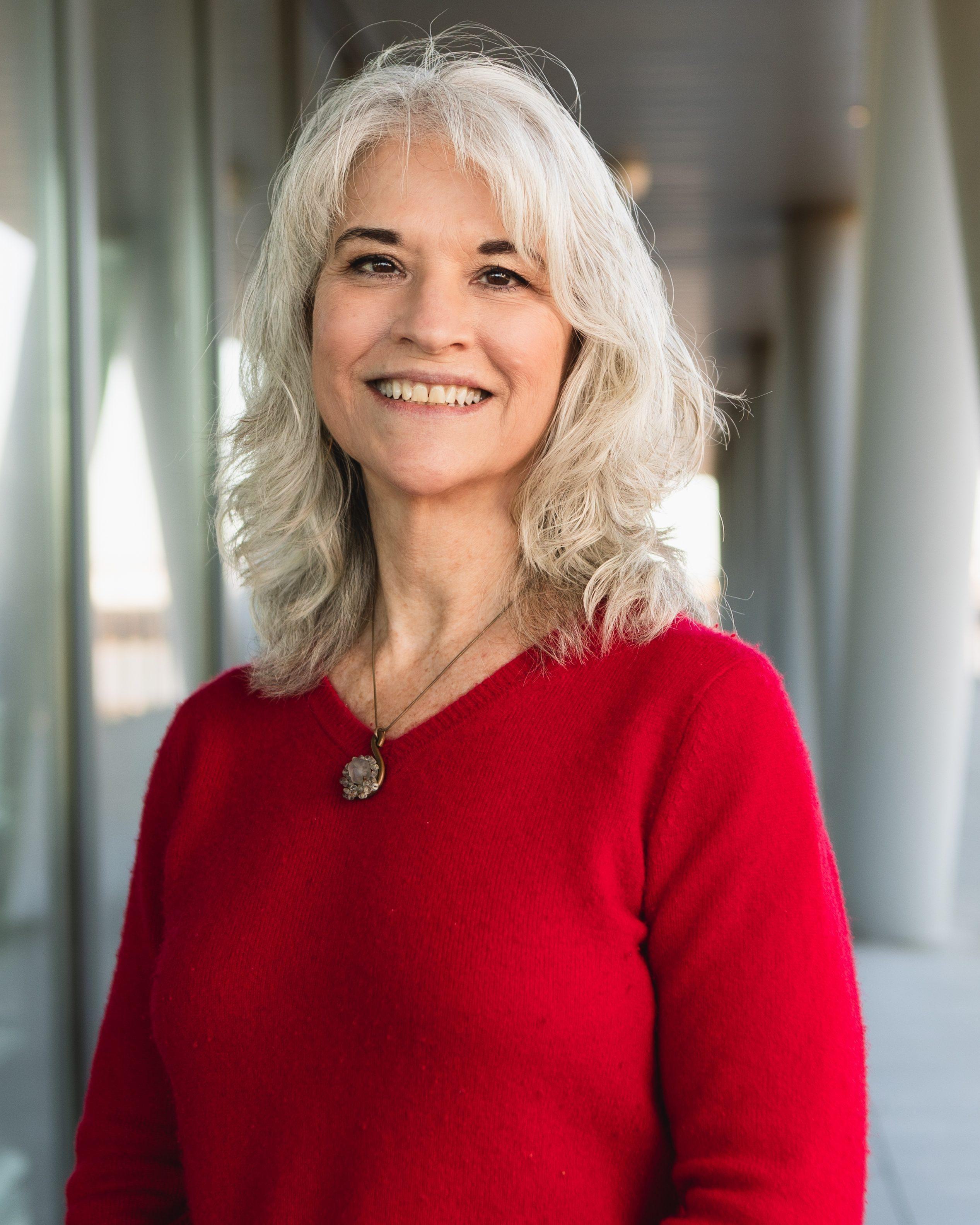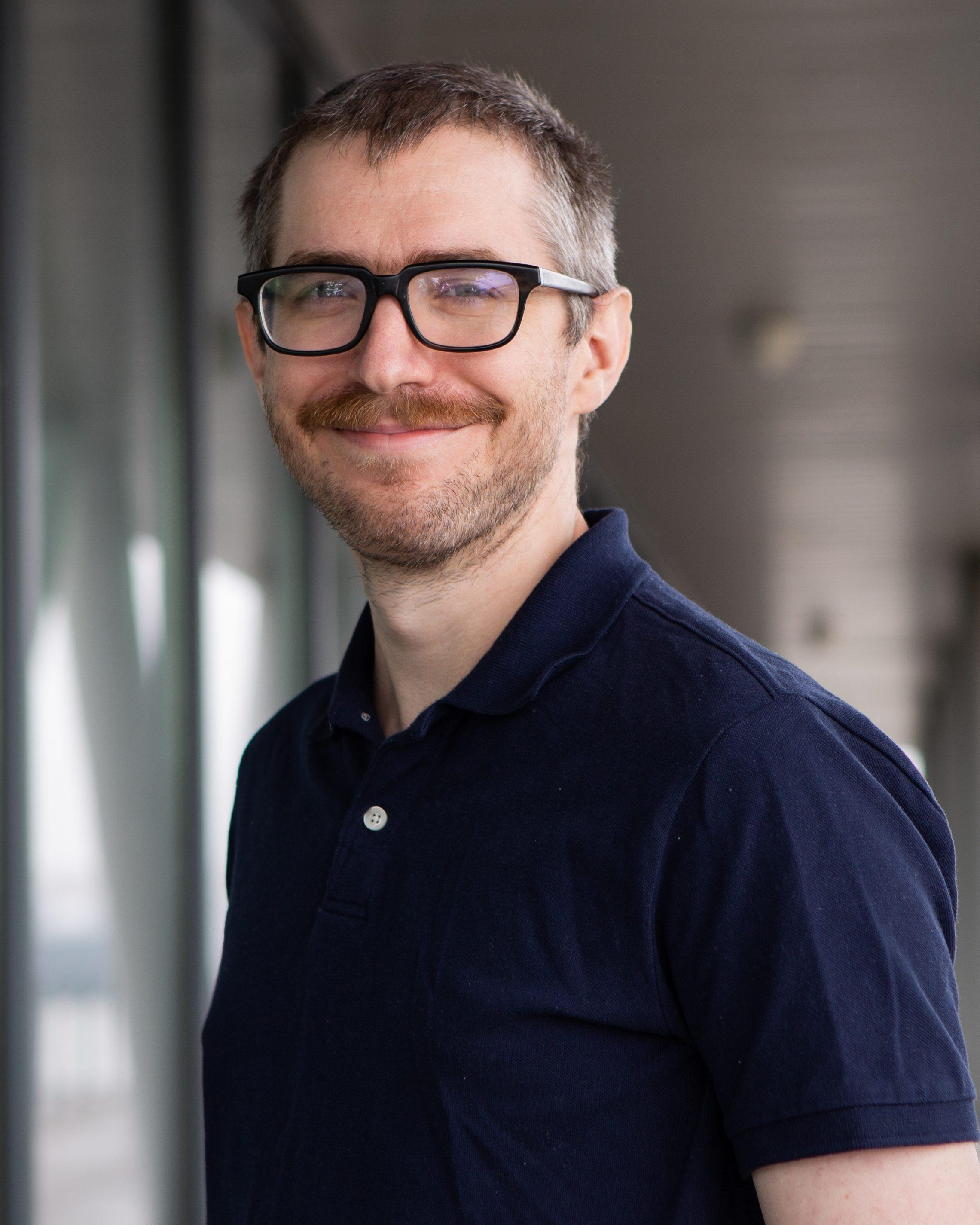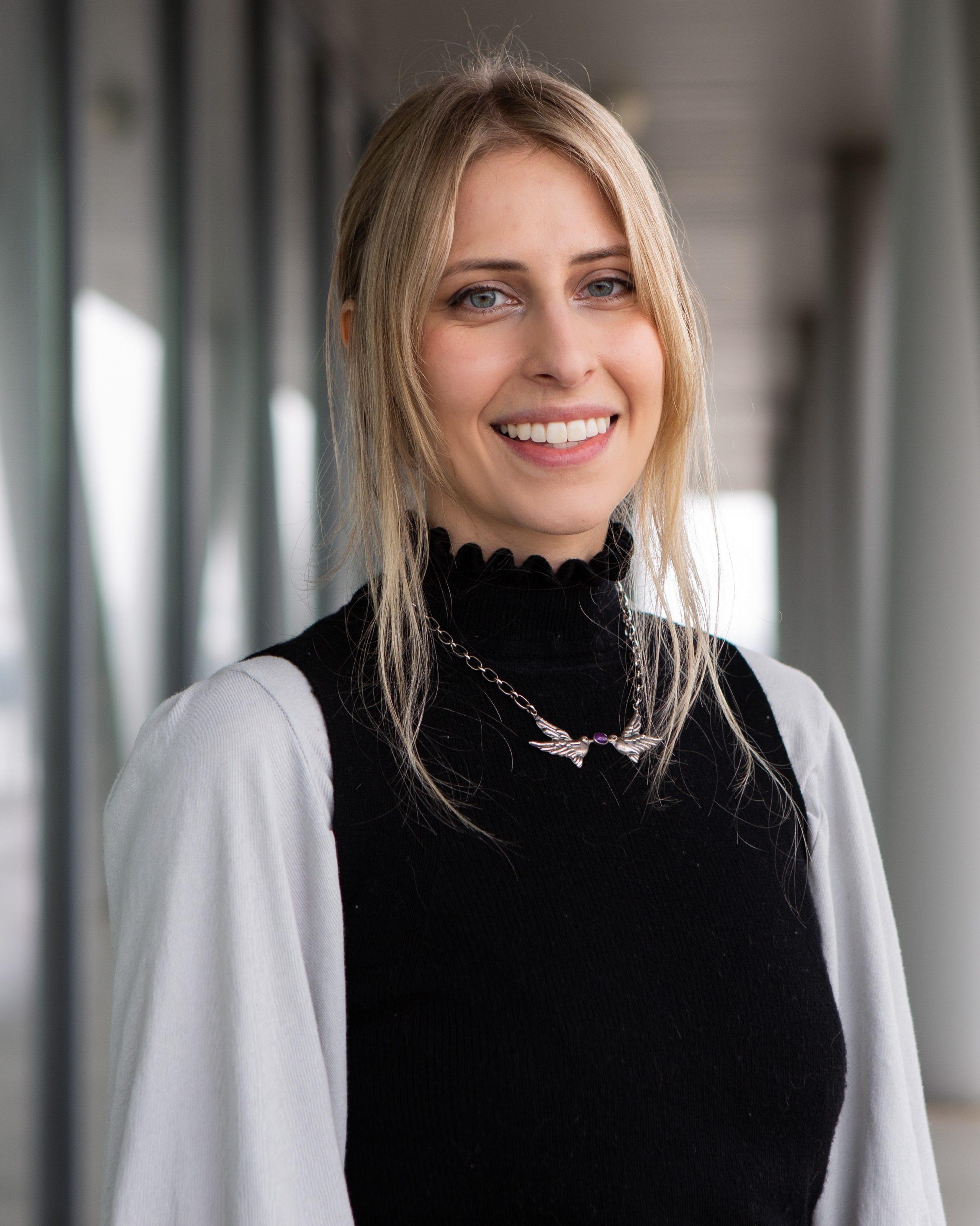Defining the Environmental Benefits of Dredged Sediments in Benefit-Cost Ratio Calculation
“Sustainable and effective ecosystem restoration and improved coastal resilience requires the effective use of sediment resources.” - Gulf of America Alliance (GOAA) Governor’s Action Plan
The Challenge
Storms, sea level rise, subsidence, disruptions to sediment supply, and other natural and anthropogenic disturbances are driving coastal erosion, habitat loss, and risk to communities throughout the Gulf of America. Green or hybrid infrastructure solutions, including sediment placement to restore marsh, beach, and other habitats, have been increasingly recognized as an important tool for reducing or mitigating these losses. Widespread implementation of green infrastructure faces several challenges, however. Project alternative evaluation processes currently used by the U.S. Army Corps of Engineers and other entities often use a benefit-cost ratio (BCR) or incremental benefit analysis that relies on monetized valuation. Social, environmental, and economic benefits of sediment placement, such as the storm risk reduction provided by marsh or beach restoration, may be undervalued or excluded in BCR calculations due to a lack of readily available tools for robust valuation. Similar undervaluing of the role of sediment in the coastal system can lead to actions that inadvertently worsen problems they are attempting to address, such as borrowing of sediment from nearshore areas that are naturally supplying sand to adjacent shorelines. At the same time, competing and conflicting uses for sediment and nearshore/offshore areas where it’s found have combined with depletion of borrow areas to reduce the availability of quality material for placement. Our study goal was to define and demonstrate the positive outcomes associated with regional sediment management (RSM) and beneficial use of dredged material to support the efficient and effective use of sediment resources.
The Approach
The Institute partnered with the GOAA Habitat Resources Team Regional Sediment Management working group to identify and evaluate benefits of beneficial use and RSM that are undervalued in BCR calculations, determine factors leading to increased benefits or reduced costs; and develop best practice guidance for more comprehensively and accurately capturing those benefits. The project included:
- An advisory group of decision-makers, practitioners, and stakeholders involved with sediment placement in the Gulf of America was established to provide subject matter expertise and input on sediment valuation.
- Three sediment placement case studies, selected for their diversity in spatial scale, location, and the types of habitat created (Gulf-facing beaches, barrier island restoration, marsh).
- The case studies reanalysis to provide a more comprehensive consideration of the benefits of sediment placement, including storm surge and wave attenuation, recreational use, and the creation or improved connectivity of various habitat types.
- Factors and efficiencies that led to overall cost reductions within the projects—such as the use of alternative dredging equipment—were evaluated.
- The results across the case studies were synthesized, and best practices were articulated for evaluating the qualitative, quantifiable, and monetizable benefits and negative impacts of projects and programs that incorporate Regional Sediment Management (RSM) and Beneficial Use of Dredged Material (BUD).
This work leveraged both completed and ongoing efforts previously conducted by the Institute in coordination with the U.S. Army Corps of Engineers’ Engineering With Nature® program, focused on evaluating and accelerating the implementation of Natural and Nature-Based Features (NNBF).
The completed project provided practitioners with guidance to support more widespread and informed use of RSM and beneficial use of dredged material—consistent with the holistic management of sediment as a valuable and limited resource.






